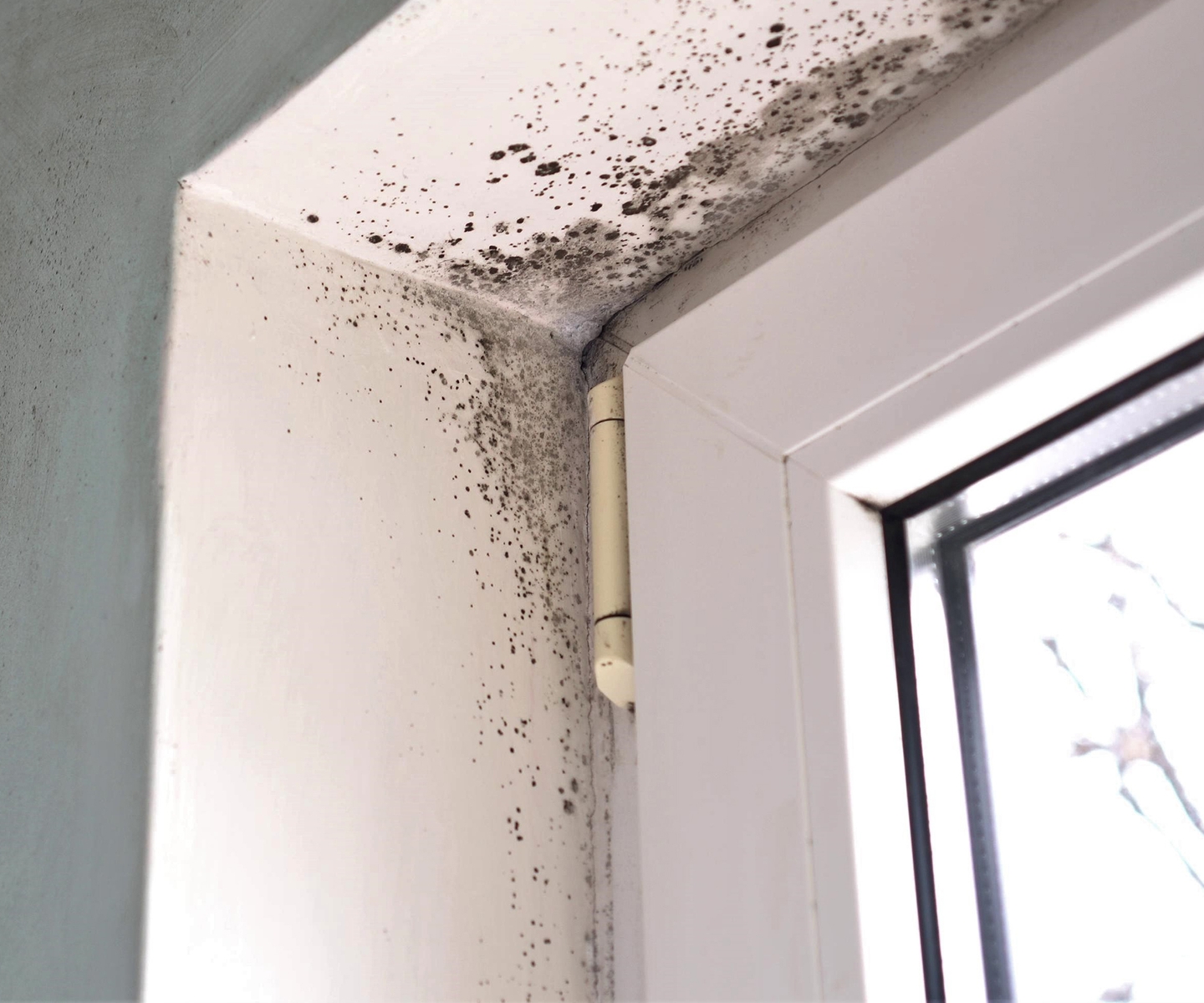Crafting an In-depth Post Mold Remediation Report
Crafting an In-depth Post Mold Remediation Report
Blog Article
Effective Blog Post Mold And Mildew Removal Solutions for Your Home
Mold development in homes can be a consistent issue, commonly calling for an organized approach for efficient post-remediation options. From recognizing the elements that contribute to mold advancement to applying appropriate cleaning strategies and moisture control measures, the procedure can be intricate yet vital for maintaining a healthy and balanced living atmosphere. testing air quality after mold remediation.
Recognizing Mold And Mildew Development Aspects
Mold and mildew development is influenced by a variety of variables that are crucial to understand in order to effectively address and stop its expansion. Comprehending these variables is vital in implementing effective mold remediation approaches. The key element adding to mold development is wetness. Mold and mildew spores need moisture to sprout and prosper, making damp or damp environments highly vulnerable to mold problems. Poor ventilation can likewise lead to moisture accumulation, creating an optimal breeding ground for mold and mildew.

In addition, airflow and light direct exposure can affect mold growth. Areas that lack appropriate ventilation and natural light are much more prone to mold development. By addressing these variables adequately, individuals can effectively minimize mold and mildew growth and safeguard their living atmospheres.
Appropriate Mold Cleansing Strategies
Using efficient cleansing approaches is vital in addressing and protecting against the reoccurrence of mold contamination in indoor settings. The initial action in appropriate mold and mildew cleaning is to consist of the afflicted location to prevent the spread of spores to uncontaminated locations.

Implementing Dampness Control Measures
To effectively stop mold growth and contamination in interior settings, implementing wetness control actions is critical. In addition, guaranteeing appropriate ventilation in areas susceptible to moisture accumulation, such as bathrooms and kitchens, can help decrease the threat of mold growth. By vigilantly carrying out these dampness control procedures, house owners can successfully reduce the possibility of mold recontamination and maintain a healthy indoor atmosphere.
Utilizing Natural Remediation Solutions
After successfully carrying out wetness control measures to avoid mold development in interior environments, homeowners can currently check out the performance of natural removal services in preserving a healthy and balanced space. All-natural remediation options utilize eco friendly approaches to combat mold and mildew and mold, making them a preferred choice for those seeking safe choices. my latest blog post One such service is utilizing vinegar, an all-natural antimicrobial representative, to disinfect and tidy surface areas polluted by mold. Merely thin down vinegar with water and spray it onto the affected locations, allowing it to sit for a few hours before wiping tidy. In addition, tea tree oil, recognized for its antifungal buildings, can be blended with water and splashed onto mold-infested surfaces to inhibit more development. One more natural option is hydrogen peroxide, which can successfully kill mold and mildew on different surfaces without leaving damaging residues behind. By including these all-natural removal solutions into their cleaning regimens, home owners can effectively fight mold growth while advertising a much healthier interior atmosphere for themselves and their households.

Preserving a Mold-Free Environment
In order to protect against mold and mildew reoccurrence and ensure a constantly mold-free environment, it is important for home owners to execute aggressive maintenance methods. Regularly inspecting areas prone to mold growth, such as washrooms, kitchen areas, attic rooms, and cellars, is crucial. Dealing with any leakages, water damage, or excess wetness immediately can dramatically reduce the threat of mold and mildew growth. Post Mold Remediation Report. Appropriate ventilation in areas with high moisture levels is also vital to avoid mold and mildew growth. Making use of dehumidifiers or exhaust followers can aid keep optimal dampness levels and inhibit mold spores from thriving.
In addition, maintaining sanitation in the home is crucial for mold and mildew prevention. Frequently cleaning and dusting surfaces, rugs, and furniture can help get rid of mold spores before they other have an opportunity to Homepage settle and increase. Utilizing mold-resistant products for construction materials and furnishings can even more help in producing a mold-free atmosphere. Last but not least, keeping indoor plants in check and guaranteeing proper drainage in exterior landscape design can lessen dampness build-up, lowering the likelihood of mold and mildew problems. By adhering to these aggressive maintenance methods, home owners can properly support a mold-free living room.
Verdict
To conclude, it is necessary to resolve mold growth aspects, utilize correct cleaning strategies, carry out wetness control measures, make use of natural removal services, and keep a mold-free environment in order to properly take care of post mold removal in your house - Post Mold Remediation. By complying with these approaches, you can avoid mold from persisting and make certain a healthy living atmosphere for you and your family members
The key factor contributing to mold development is dampness. Mold and mildew spores require moisture to germinate and prosper, making wet or damp settings extremely susceptible to mold invasions.To successfully stop mold growth and contamination in interior settings, carrying out wetness control steps is vital. Furthermore, guaranteeing proper air flow in locations prone to moisture buildup, such as bathrooms and cooking areas, can help lower the risk of mold and mildew growth.After successfully carrying out moisture control procedures to prevent mold and mildew development in indoor settings, house owners can now discover the efficiency of natural remediation remedies in maintaining a healthy and balanced living area.
Report this page